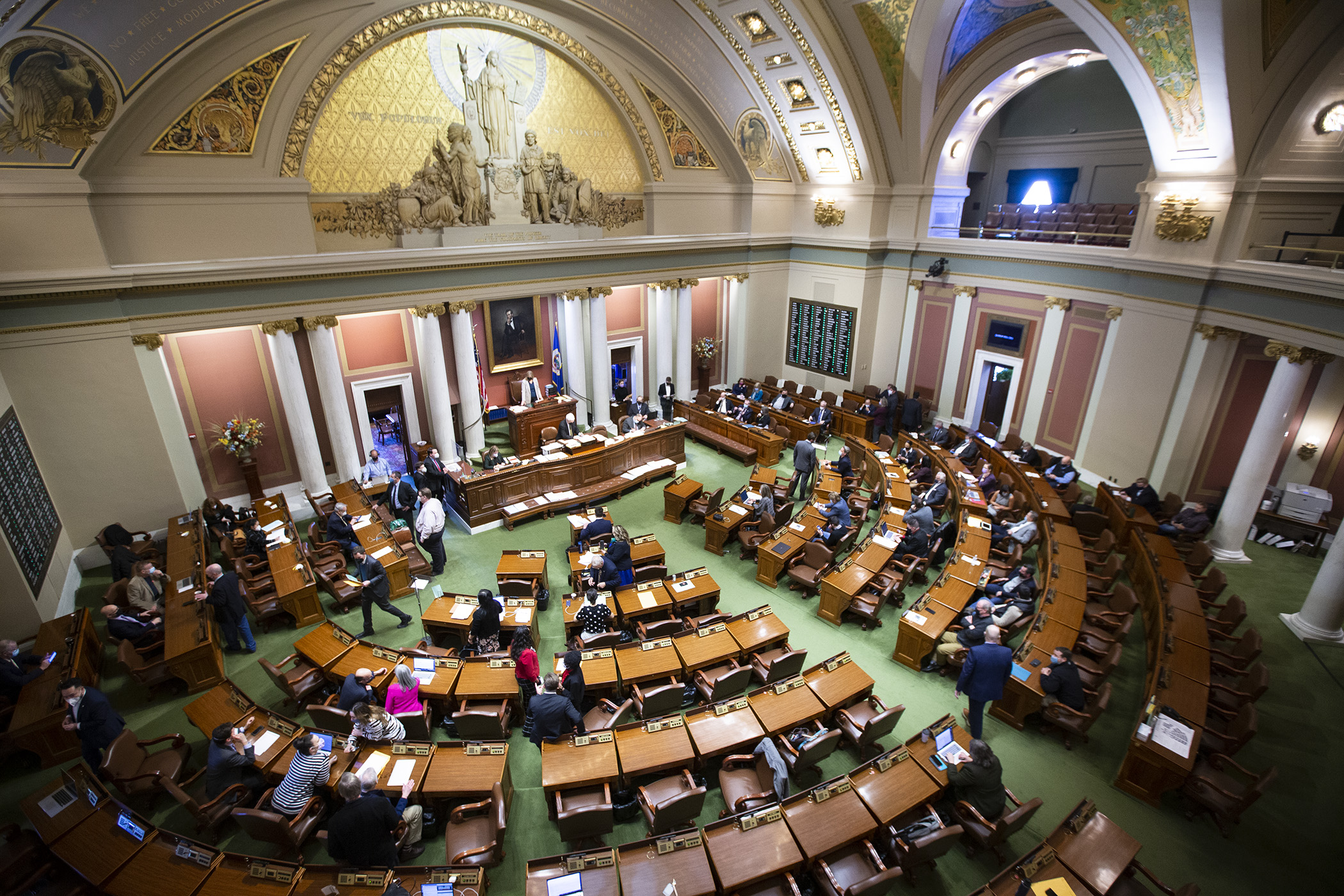Bill offering relief for drought-hit farmers passes House

The damage is done from the drought of 2021, but help could be on the way for the farmers who sustained the worst of it.
By a 101-33 vote, the House on Thursday passed HF3420, which would provide relief to eligible farmers impacted by last year’s drought. The bill would also appropriate money to the Department of Natural Resources for some drought-related purposes involving water issues and trees.
“This will provide a needed lifeline to those who provide our most important asset, food,” said the bill sponsor, Rep. Mike Sundin (DFL-Esko).
It now heads to the Senate where Sen. Torrey Westrom (R-Elbow Lake) is the sponsor.
HF3420 would appropriate $5.1 million to the Department of Agriculture to provide grants up to $10,000 for drought-related expenses. Of that total, the bill reserves $1 million for livestock producers, $1 million for specialty crop producers, $500,000 for farmers market vendors who are livestock or specialty crop growers, and $100,000 to reimburse farmers for expenses to transport hay and forage.
An additional $5 million would go to the Rural Finance Authority Disaster Recovery Loan Program and change eligibility from those with at least 50% of average gross income coming from farming over the previous three years, to 20% in the past year.
Preference for both the grants and loans would be given to farmers in areas of the state classified as exceptional drought during 2021, followed by those in declining need of extreme or severe drought classifications. The Agriculture Department would be required to provide funding at random if applications exceed the total for those classifications.
The bill was amended in the House Ways and Means Committee to include $13.3 million in appropriations to the DNR to administer grants to local and tribal governments for replacing drought-killed seedlings ($5.5 million), removing and planting shade trees and acquiring tree-watering equipment ($4.5 million), and increasing water efficiency ($3 million).
An amendment unsuccessfully offered by Rep. Paul Anderson (R-Starbuck) would have transferred $3 million from those DNR programs to enhance the total available to farmers.
Anderson ended up supporting the bill, but did say, “There’s a whole lot more damage out there than just $5 million’s worth. … Our neighboring state, Wisconsin, allocated $100 million of federal COVID relief to farmers, the last round in December being $50 million. My point being that we all had pandemic issues and drought issues, and Wisconsin allocated $100 million to farmers in their state.”
— Session Daily writer Brian Hall contributed to this story.
Related Articles
Search Session Daily
Advanced Search OptionsPriority Dailies
Speaker Emerita Melissa Hortman, husband killed in attack
By HPIS Staff House Speaker Emerita Melissa Hortman (DFL-Brooklyn Park) and her husband, Mark, were fatally shot in their home early Saturday morning.
Gov. Tim Walz announced the news dur...
House Speaker Emerita Melissa Hortman (DFL-Brooklyn Park) and her husband, Mark, were fatally shot in their home early Saturday morning.
Gov. Tim Walz announced the news dur...
Lawmakers deliver budget bills to governor's desk in one-day special session
By Mike Cook About that talk of needing all 21 hours left in a legislative day to complete a special session?
House members were more than up to the challenge Monday. Beginning at 10 a.m...
About that talk of needing all 21 hours left in a legislative day to complete a special session?
House members were more than up to the challenge Monday. Beginning at 10 a.m...